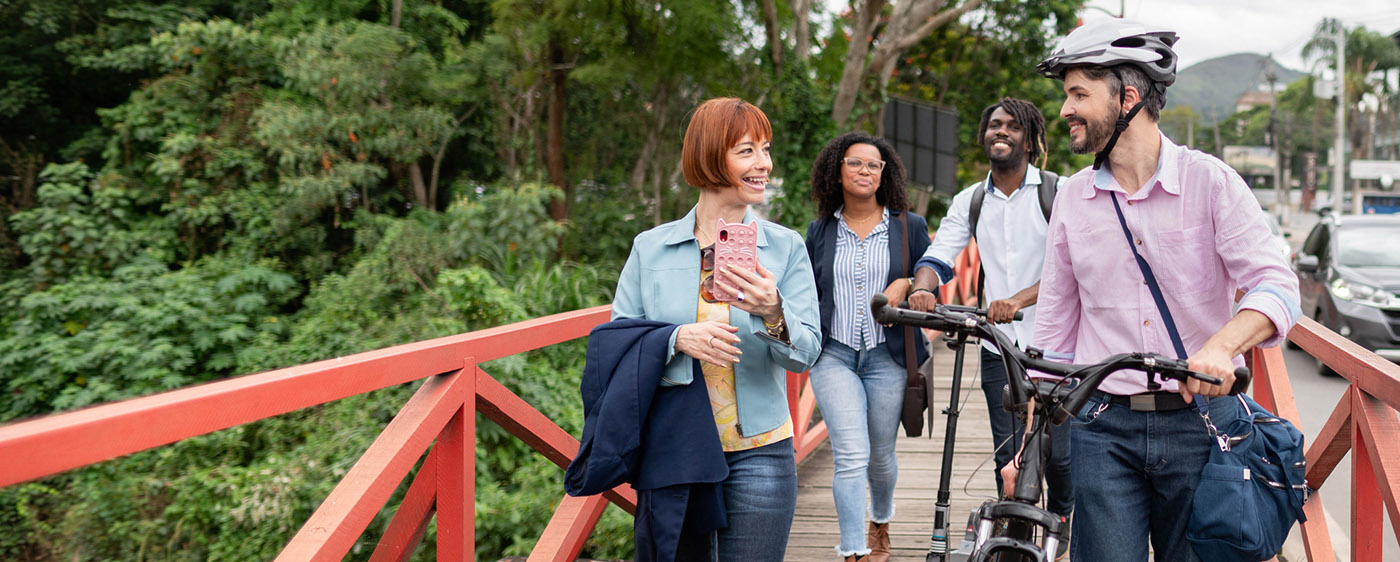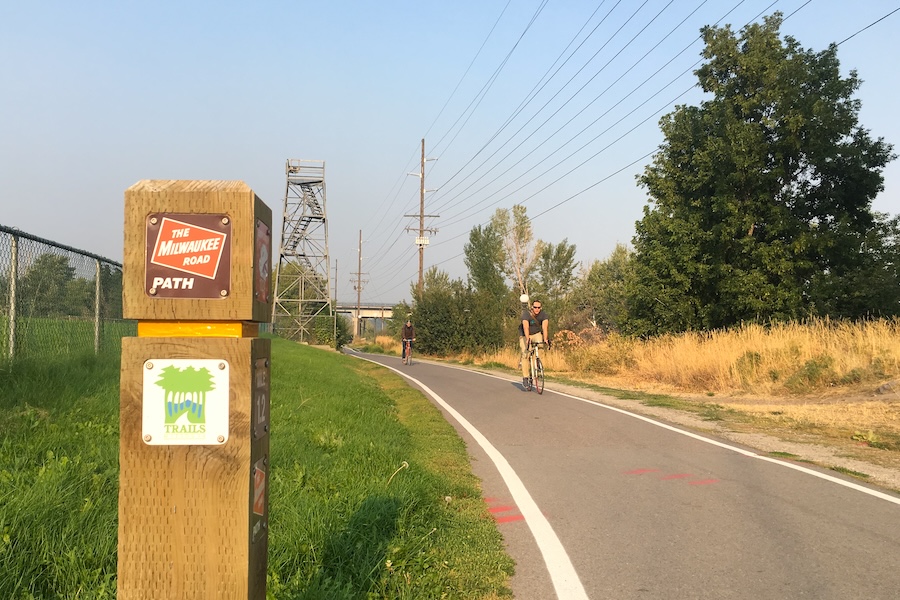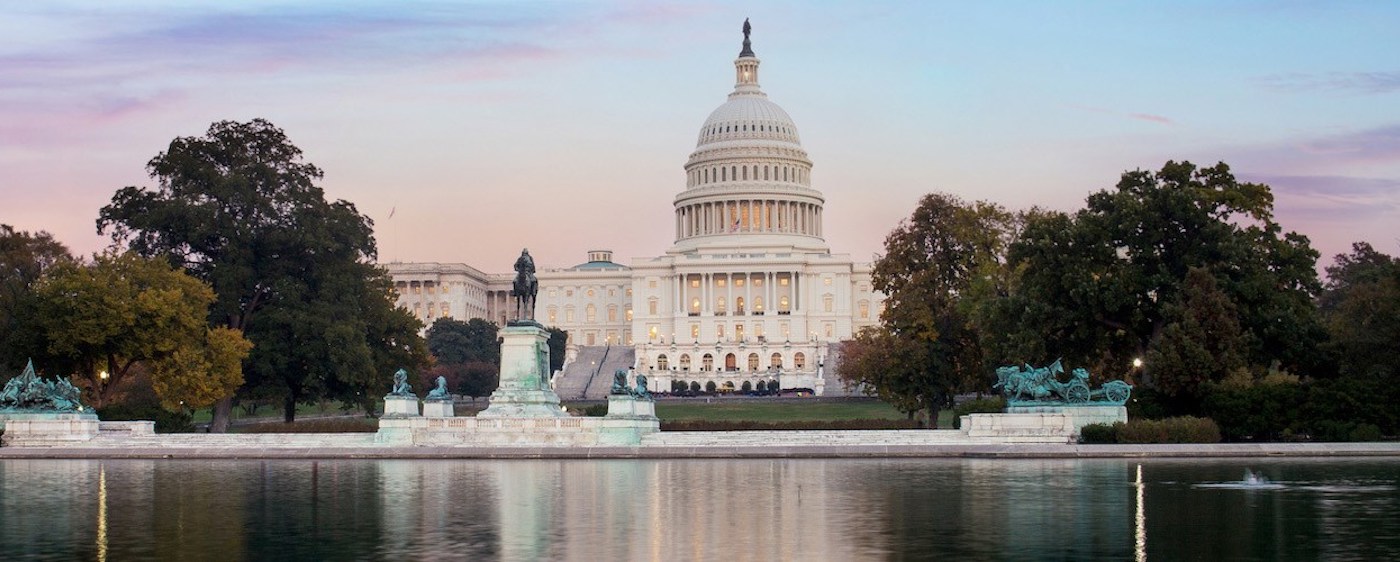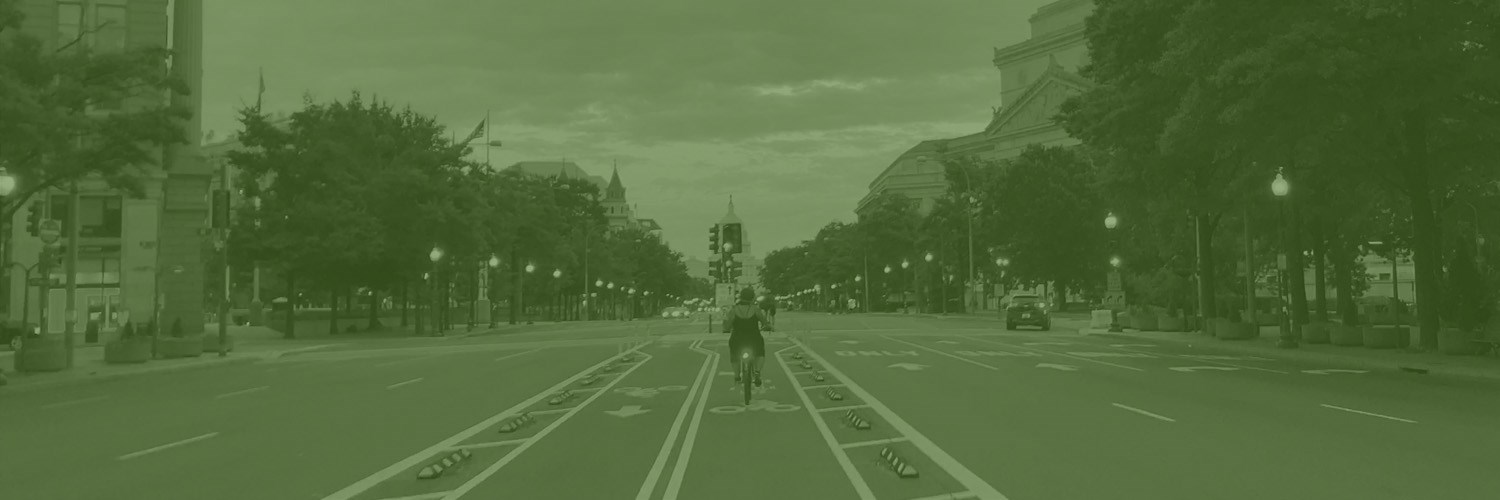Reconnecting Communities and Neighborhoods Grant Program
Photo courtesy Getty Images
Please note that funding for this program has been allocated and is no longer available.
On July 5, 2023, the Notice of Funding Opportunity (NOFO) was released for the Reconnecting Communities and Neighborhoods Grant Program (RCN). This discretionary grant program will combine the 2023 call for projects for the Reconnecting Communities Pilot Program (RCP), created under the Bipartisan Infrastructure Law, with the Neighborhood Access and Equity Program (NAE), which was authorized under the Inflation Reduction Act. Applications are due by Sept. 28, 2023.
Though there is a combined NOFO with the same application and similar award characteristics, the two programs (RCP and NAE) will still award funding separately under each program. Due to the similar characteristics of RCP and NAE, it is possible for projects to be eligible for both funding sources. Trails and active transportation are eligible for funding, which is available to support planning and construction grants, as well as regional partnership grants. Grant types are defined below.
With the combination of these two programs under one umbrella NOFO, up to $3.16 billion in funding is available. This is a unique opportunity to access significant project funding given that the U.S. Department of Transportation (USDOT) is awarding all NAE funds at one time rather than in cycles. This means it may also be the only opportunity to apply for NAE funding.
Differentiating Factors for Competitive Projects
Projects located in historically disadvantaged communities and projects that support community connectivity and eliminate transportation barriers are highly encouraged to apply. The focus of this grant program includes improving access to everyday destinations, emphasizing equitable development and removing divisive infrastructure, such as highways. Certain applicants in historically disadvantaged communities will be eligible for a lower (less than 20%) local match requirement.
RTC feels confident that the legislative language for NAE is particularly strong for trail and active transportation networks with connectivity being a central part of the program. Specifically, this language mentions active transportation networks, spines, multiuse trails and regional greenways as eligible uses of this funding. In addition, the legislation creating the NAE program also explicitly emphasized equitable mobility options and active transportation as key strategies for reconnecting communities. Increasing equitable access to everyday destinations, such as schools and businesses, is a priority for RCN, and connected, safe and convenient walking and biking routes are key to ensuring accessible mobility options for all.
These factors suggest that regional trail proposals and active transportation networks that connect neighborhoods, particularly neighborhoods that were historically divided by now-defunct railroad corridors, could be competitive submissions for this new program.
Eligibility and Applicant Requirements
This program focuses on restoring community connectivity and eliminating barriers to mobility, access or economic development through three types of grant funding opportunities—each with independent eligibility and applicant requirements:
- Community Planning Grants are eligible for both Reconnecting Communities Program (RCP) funding and Neighborhood Access and Equity (NAE) funding and will fund planning for future projects. In FY 2023, up to $185 million is available for these grants. These grants can fund public engagement, feasibility studies and other relevant planning activities.
- Capital Construction Grants will be awarded under both NAE and RCP funding and will fund projects that remove, replace or retrofit divisive transportation infrastructure and replace it with new infrastructure focused on community connections. In FY 2023, up to $2.7 billion in funding is available for construction projects.
- Regional Partnerships Challenge Grants are specifically funded under NAE and will fund projects that seek to address ongoing regional challenges to equitable mobility. Activities included under planning and capital construction grants are also eligible for this funding, but the focus must be regional and demonstrate coordination across different jurisdictions. The regional focus of this particular grant may make trail networks more competitive. Up to $450 million in funding is available for these grants.
To be considered for funding under the combined NOFO, applicants should be explicit about how they meet the statutory requirements of both programs. Applicants may choose to apply for only one grant program if their project does not meet the requirements for both programs.
Note that applications are submitted through Valid Eval instead of Grants.gov. Grant and application details can be accessed here.
USDOT Tools to Identify Priority Grant Communities
The USDOT encourages applicants to use the Climate and Economic Justice Screening Tool (CEJST) created by the White House Council on Environmental Quality and the USDOT’s Equitable Transportation Community (ETC) Explorer when applying to the RCN Program. These tools will help you assess the alignment of your project with the priorities that the USDOT are placing on addressing historic transportation underinvestment in communities across the nation.
Applicants to the USDOT’s Justice40 funding programs should use CEJST as the primary tool to identify disadvantaged communities. The ETC Explorer, created to complement the CEJST, identifies communities burdened by transportation insecurities and allows decision-makers to prioritize these communities when applying for and allocating federal transportation funding.
Resources

Reconnecting Communities and Neighborhoods NOFO Release:
https://content.govdelivery.com/accounts/USDOT/bulletins/363a746
Reconnecting Communities and Neighborhoods Grant Program:
https://www.transportation.gov/grants/rcnprogram/reconnecting-communities-and-neighborhoods-grant-program
The United States Department of Transportation – Overview of Funding and Financing at the USDOT:
https://www.transportation.gov/rural/toolkit/overview-funding-and-financing-usdot
The Federal Highway Administration and Federal Transit Administration’s Transportation Planning Capacity Building Program: http://www.planning.dot.gov/default.aspx
The Federal Highway Administration’s Community Impact Assessment:
https://www.fhwa.dot.gov/livability/cia/index.cfm


